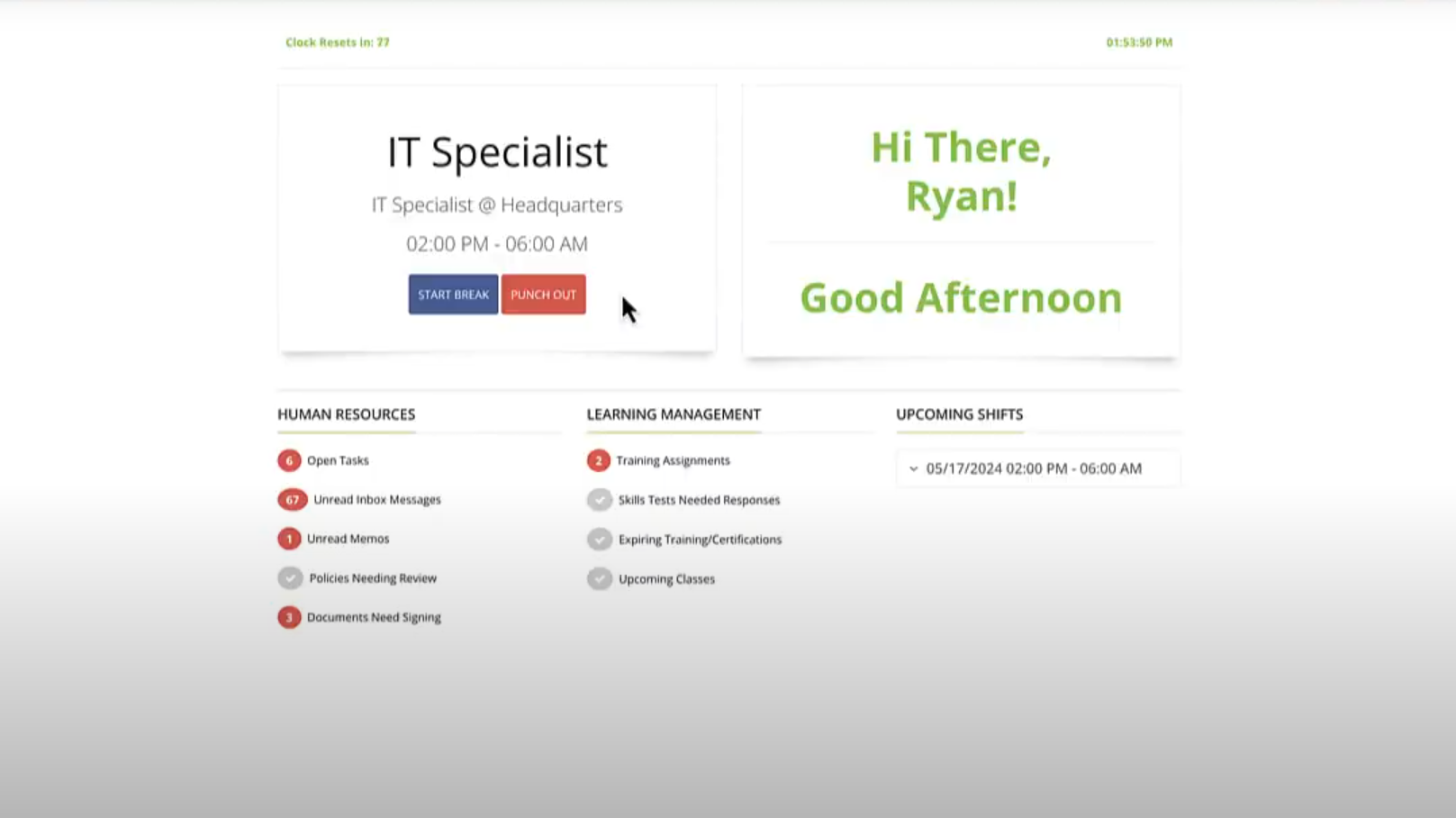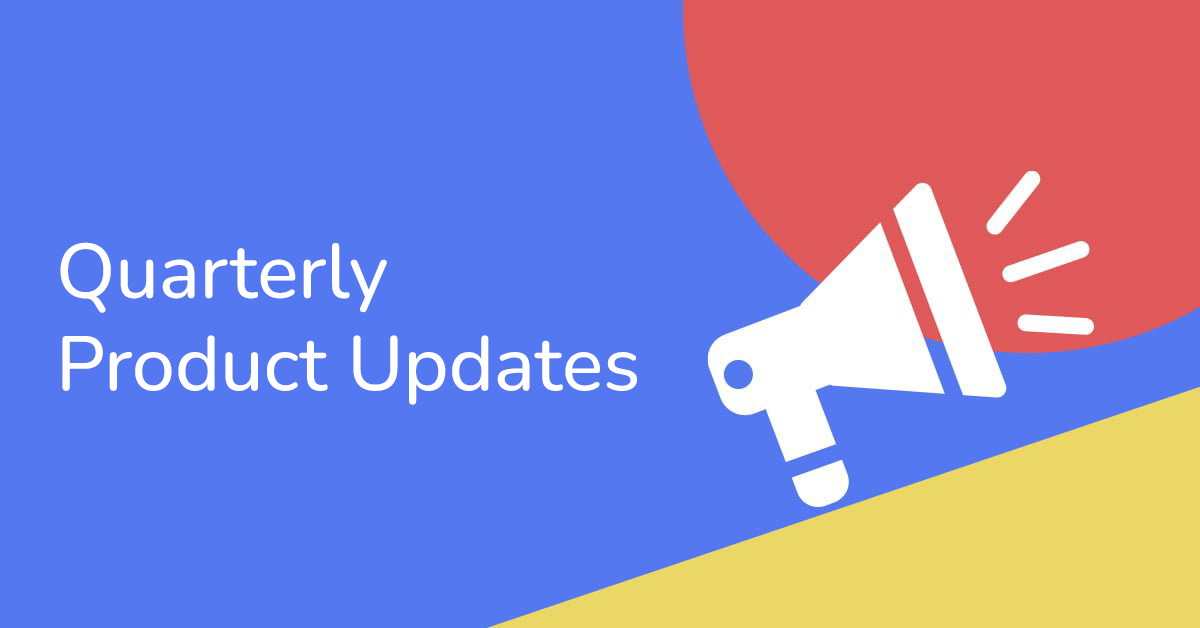As a business owner or organizational leader you are always on the lookout to find better ways to lead and manage your team. One popular way of doing this is to look at software products that can help you manage your workforce and simplify your processes. Maybe you have a workforce management software system in place, but you are not entirely happy with it, or maybe you are done with trying to use paper forms, white boards, Excel and other means to manage your workforce. Either way lets say that you are looking for a better solution so you Google “workforce management software.” When you do this you see that you get an incredible 10,400,000 results back in a rather speedy .73 seconds. Ok great, so now what?
Well here are 6 questions to ask as you evaluate your options.
Do you prefer an on premise software package that you need to install and maintain on your own equipment, or a cloud based system?
Many businesses, public sector agencies, and non-profit organizations are seeing the value in modern cloud based system that will scale with you as they grow. Cloud based systems can usually be set up and implemented quickly and easily. You should make sure that the cloud based system you choose is fully mobile compliant and works with any device. That way you will be able to access and use your data from anywhere and at anytime.
What features do you need now and what features are you likely to need in the future?
You should choose a system that allows you to add features as your needs change. For example, right now you might just need a system that can track employee training, certifications, and credentials. However, in a year or two you might need to be able to add employee scheduling, inventory management, forms management, or fleet management features. This is why you should look for a system that offers multiple features and is sold in an a-la-carte format.
How do you know that your data will be secure, safe, and available?
Next you need to ensure that the platform is secure and has uptime that is above industry standards. You should ask questions about the data center where your information will be stored. For example is data encrypted when it is at rest as well as when it is being sent and received? Is traffic forced over an SSL connection? Does the data center offer redundant internet connections and does the service provider have emergency back up data centers? The data center should have multiple layers of security, a raised floor, be monitored 24*7*365 and be within a hurricane proof structure.
What is the full cost of the software and what does the fee structure and pricing model look like?
The pricing model should be clear and concise and not contain any hidden fees. This is important so that you can fully understand the total cost of ownership and calculate your ROI. You should look for a platform that offers you the ability to have unlimited data for each user in your system. For example, the inventory management module should allow you to have an unlimited number of supply rooms and items, and not charge you additional fees to add more stockrooms or supplies. Another example is that your system should allow you to track an unlimited number of certifications and credentials for each employee and not charge you extra if you go over some random predetermined number. Also, make sure that set-up, training, and support are all included. If not, these fees can quickly add up and break your budget.
What type of service, support, and training is offered?
At the very least they should offer phone and email support. Ideally the vendor has a support ticket submission feature. Really good providers will have an area where they post bug fixes, updates, and service information. Also, be sure to check out their training options. Initial training as well as ongoing training should be part of the deal and included at no extra charge. For instance, do they offer online training each week that you can attend for free? This type of ongoing training will help ensure your success and that you get the most out of the software.
What type of customization does the software allow?
Although it is not reasonable to assume that the software provider will re-code their entire platform for you, some level of customization should be included. For example, you should not be limited to using preloaded generic forms. You should be able to create your own. For example if you are tracking PTO you should be able to name each bank and not be forced to choose between pre-canned responses. Additionally, a good software provider will have a way for you to submit feature requests and should maintain open lines of communication with their clients.
We hope that these questions and answers will improve your buying process and help ensure that you choose a product that works well for you and your team now as well as in the future. If we can be of further assistance, please give us a call at 1-888-290-0671 or email us at info@vairkko.com



